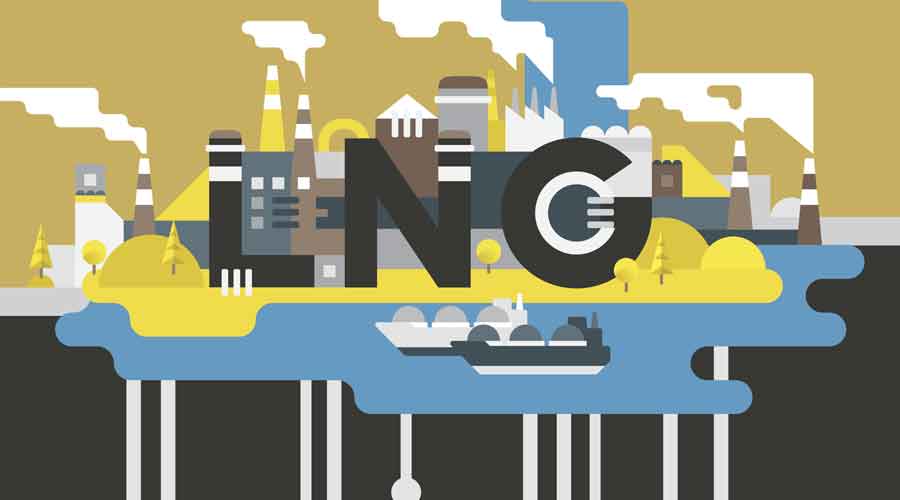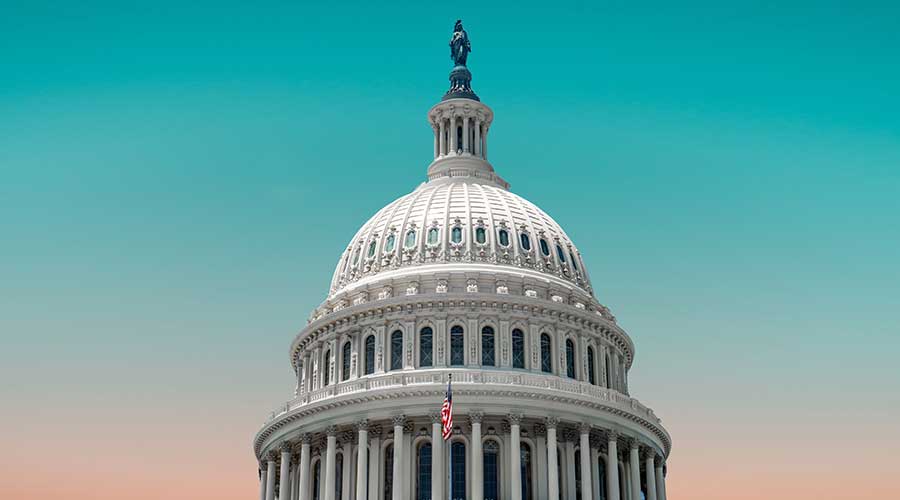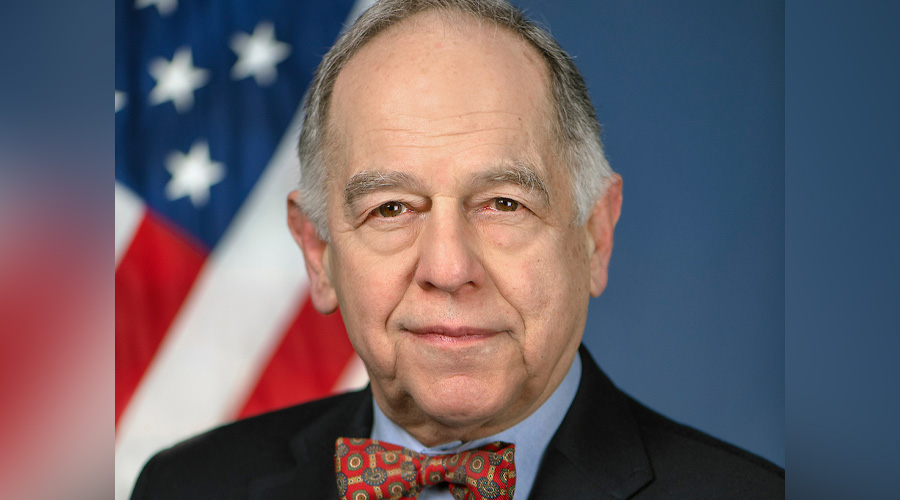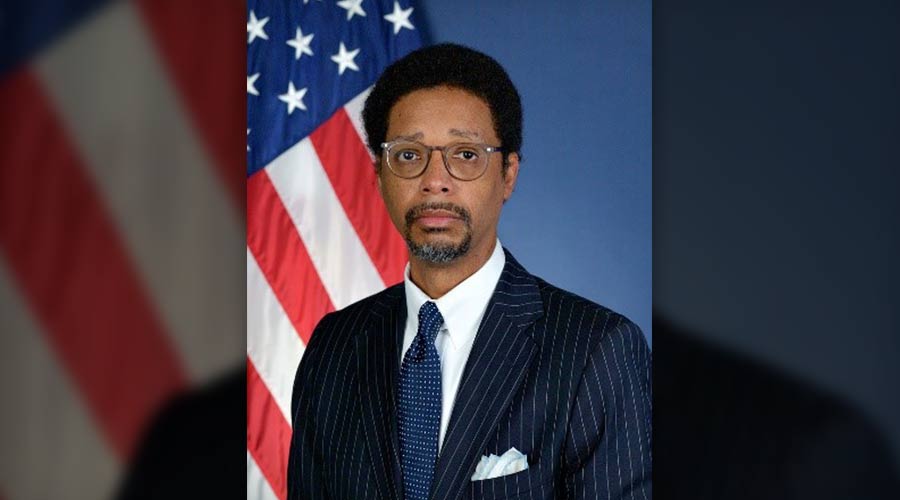Stay updated on news, articles and information for the rail industry
February 2020
Rail News: Federal Legislation & Regulation
Rail, safety advocates weigh in on LNG rule

By Julie Sneider, Senior Associate Editor
The Pipeline and Hazardous Materials Safety Administration’s (PHSMA) proposed rule that would allow liquefied natural gas (LNG) to be transported by rail attracted comments last month from the rail industry in support of the rule, and safety advocates who oppose it.
The comment period on PHSMA’s proposed rulemaking closed Jan. 13. National Transportation Safety Board (NTSB) members, attorneys general from 16 states and at least two U.S. senators expressed concerns about what they say would be a risk to public safety should trains be allowed to move LNG in tank cars.
Association of American Railroads (AAR) and American Short Line and Regional Railroad Association (ASLRRA) officials say transporting LNG in tank cars would improve transportation safety, given the rail industry’s strong safety record on a ton-mile basis for transporting hazardous materials.
In coordination with the Federal Railroad Administration (FRA), PHMSA published the proposed rule in October 2019 to allow LNG to be transported by DOT-113C120W specification tank cars.
The rule was drafted in response to President Donald Trump’s executive order that the U.S. Department of Transportation (USDOT) fast-track a process to allow LNG to be moved by rail.
Currently, LNG can be transported by rail only with a PHMSA special permit or by portable tank with FRA approval.
USDOT officials have asserted the proposed rule prioritizes safety while supporting economic benefits of additional transportation options for American energy resources.
AAR: LNG by rail is safe
In their comments, AAR and ASLRRA noted that LNG can be transported by truck, but there’s a safety benefit in allowing LNG to be transported by rail. For example, they noted railroads account for about 3 percent of the hazardous materials incidents that trucks are involved in, despite roughly equal hazmat ton-mileage.
The rail industry also encouraged PHMSA to consider allowing LNG to be transported by the 113C140 tank car in addition to the 113C120 tank car, and to refrain from including a limit on train length.
But in their letter to PHMSA, NTSB officials raised concerns that public safety would be at risk if the agency advances the LNG rule without further study. The board suggested the rule should at least include additional route planning requirements; limit the speed of trains moving large blocks of LNG tank cars; and require LNG trains to be equipped with electronically controlled pneumatic brakes.
Senators, AGs raise concerns
Also expressing concerns were U.S. Sens. Ron Wyden and Jeff Merkley (D-Ore.). In a letter to PHMSA Administrator Howard Elliott, the senators wrote that loosening restrictions on transporting LNG by rail “would pose serious threats to public safety that do not appear to have been adequately considered” by the rulemaking.
The letter mentioned multiple accidents involving trains carrying hazardous materials, including a 2016 derailment in Mosier, Oregon, that spilled 42,000 gallons of crude oil into the Columbia River Gorge and sparked a large fire.
Meanwhile, attorneys general from California, Maryland, New York and 13 other states filed their opposition to the LNG rule, claiming it ignores safety risks and doesn’t substantially address environmental issues. They urged the rule’s withdrawal until further study and an environmental impact statement are completed.
Keywords
Browse articles on Pipeline and Hazardous Materials Safety Administration PHSMA proposed rule LNG by rail National Transportation Safety Board NTSB Association of American Railroads American Short Line and Regional Railroad Association Federal Railroad Administration DOT-113C120W tank cars U.S. Sens. Ron Wyden Jeff MerkleyContact Progressive Railroading editorial staff.


 2025 MOW Spending Report: Passenger-rail programs
2025 MOW Spending Report: Passenger-rail programs
 Gardner steps down as Amtrak CEO
Gardner steps down as Amtrak CEO
 Guest comment: Oliver Wyman’s David Hunt
Guest comment: Oliver Wyman’s David Hunt
 Women of Influence in Rail eBook
Women of Influence in Rail eBook
 railPrime
railPrime








